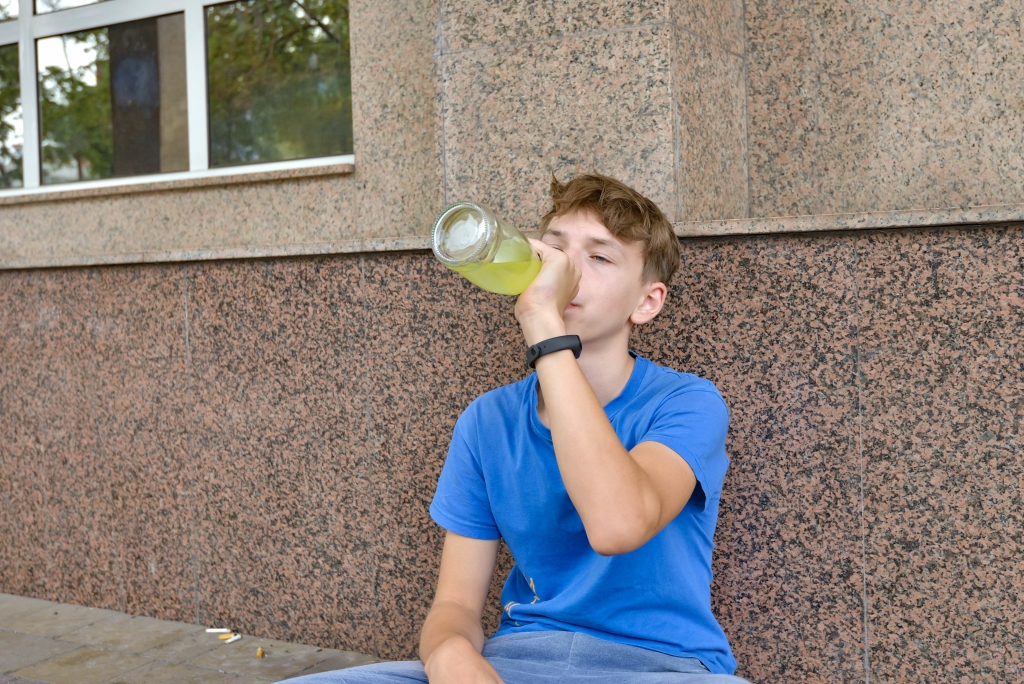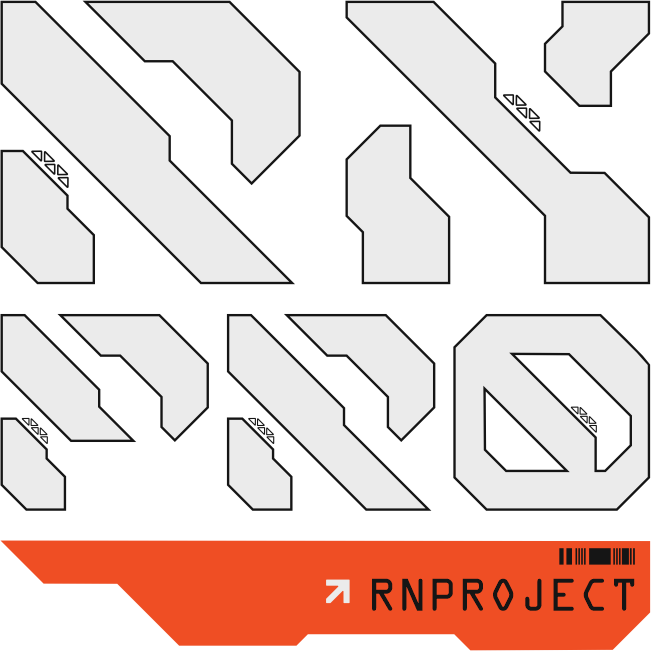People who drink heavily or binge drink may find that their alcohol use has come to cause problems in their lives. These problems are a warning sign of alcohol use disorder or alcoholism, which SAMHSA reports affects at least 14.8 million people over the age of 12 in the United States. Other early signs of alcoholism include blackout drinking or a drastic change in demeanor while drinking, such as consistently becoming angry or violent. No matter how hopeless alcohol use disorder may seem, treatment can help.

There are many facial signs of alcoholism, but one of the more common signs is redness in your face. Alcoholics are prone to accidents and injuries due to impaired body systems that regulate movement and coordination. https://ecosoberhouse.com/article/substance-abuse-counseling/ You may notice bumps, bruises or abrasions after drinking episodes or binges. Heavy alcohol intake also significantly increases the risk of falls. The chance of serious injury grows as alcoholic behaviors intensify.
Psychological and Physical Symptoms of Alcoholism
The brain cannot regulate the vascular system due to regular alcohol use, and blood vessels become inflamed or damaged. Porphyria cutanea tarda (PCT) is another indicator of liver disease and is most commonly caused by alcohol use disorder. The symptoms of PCT include fragile skin, blistering, photosensitivity, crusts, milia (small white bumps), scleroderma (hardened skin), erosions, and hypertrichosis (increased hair growth).

Children of a parent with alcohol use disorder may be more likely to develop the condition later in life. According to the National Institute on Alcohol Abuse and Alcoholism (NIAAA), heavy alcohol use is defined as consuming more than four drinks a day for men or more than three drinks a day for women. However, there are some factors that may make a person more likely to develop it. Several evidence-based treatment approaches are available for AUD.
Physical Signs of Alcoholism
The build-up of these substances causes generalized skin itching, which can lead to irritation, inflammation, and rashes. Alcohol can damage the lining of the stomach, wearing it away over time and causing irritation, bleeding and ulcers. This causes a lot of pain for the individual, and they may frequently complain of stomach physical signs of alcoholism problems and severe pain. It’s common for hygiene and grooming standards to begin to deteriorate as a person falls further down the path of alcoholism. Alcohol use disorder can cause a number of stomachs and digestive problems including nausea, vomiting, bloating and diarrhoea, with some people even vomiting blood on occasion.
Unhealthy alcohol use includes any alcohol use that puts your health or safety at risk or causes other alcohol-related problems. It also includes binge drinking — a pattern of drinking where a male has five or more drinks within two hours or a female has at least four drinks within two hours. Watching a loved one endure the end stages of alcoholism can be frustrating and lonely. The feeling of powerlessness is stifling as you watch someone you care about slowly deteriorate physically and mentally while they may even continue to refuse to admit their drinking is problematic. For those who need help and don’t want it, intervention may be the only alternative. It is important to seek professional help for mental health issues and develop a support system.
